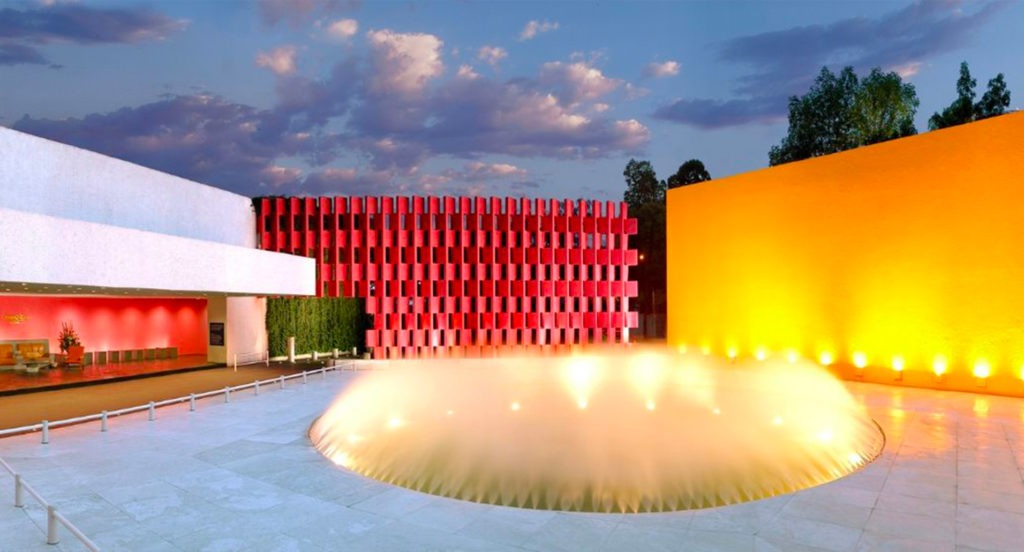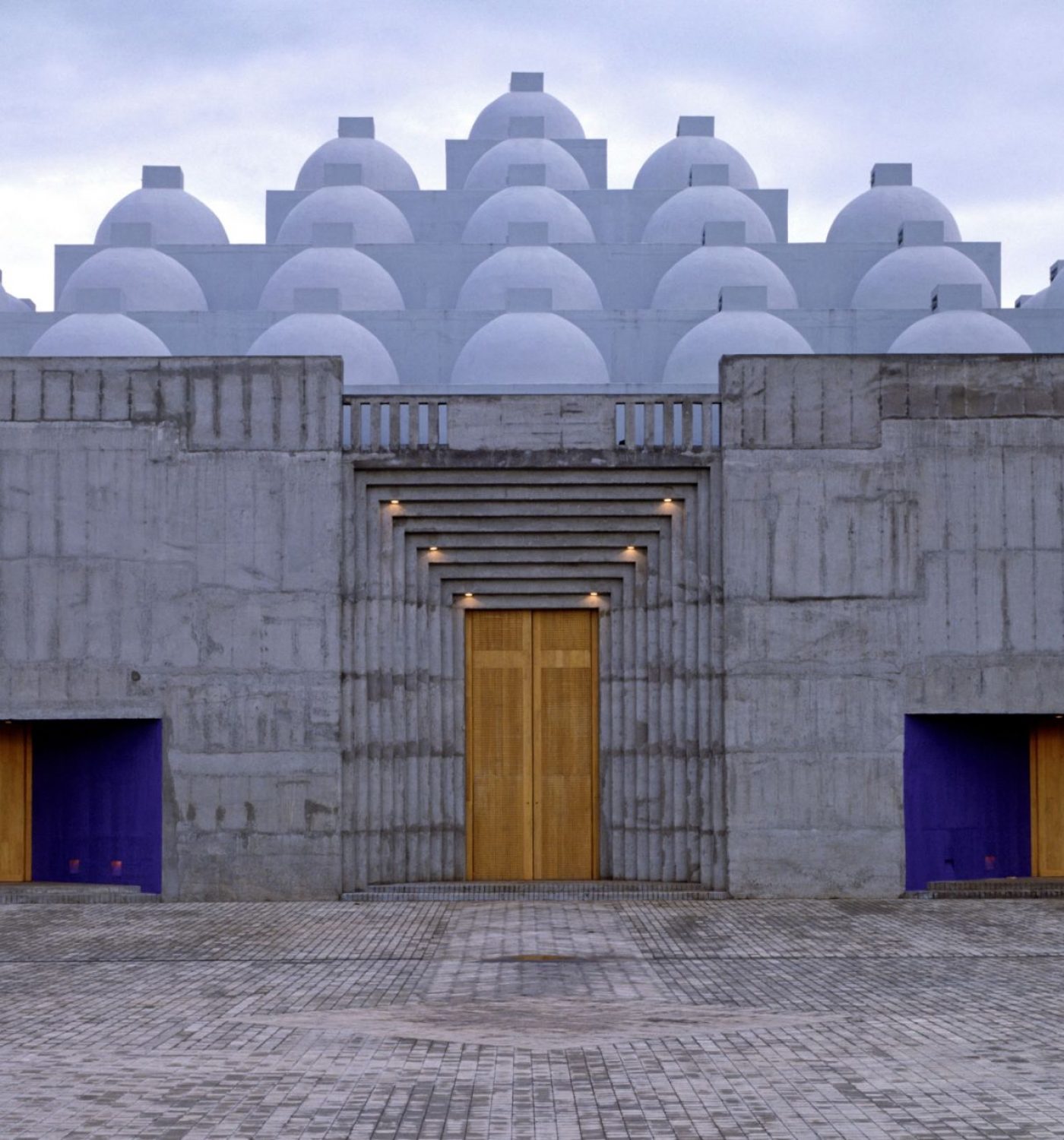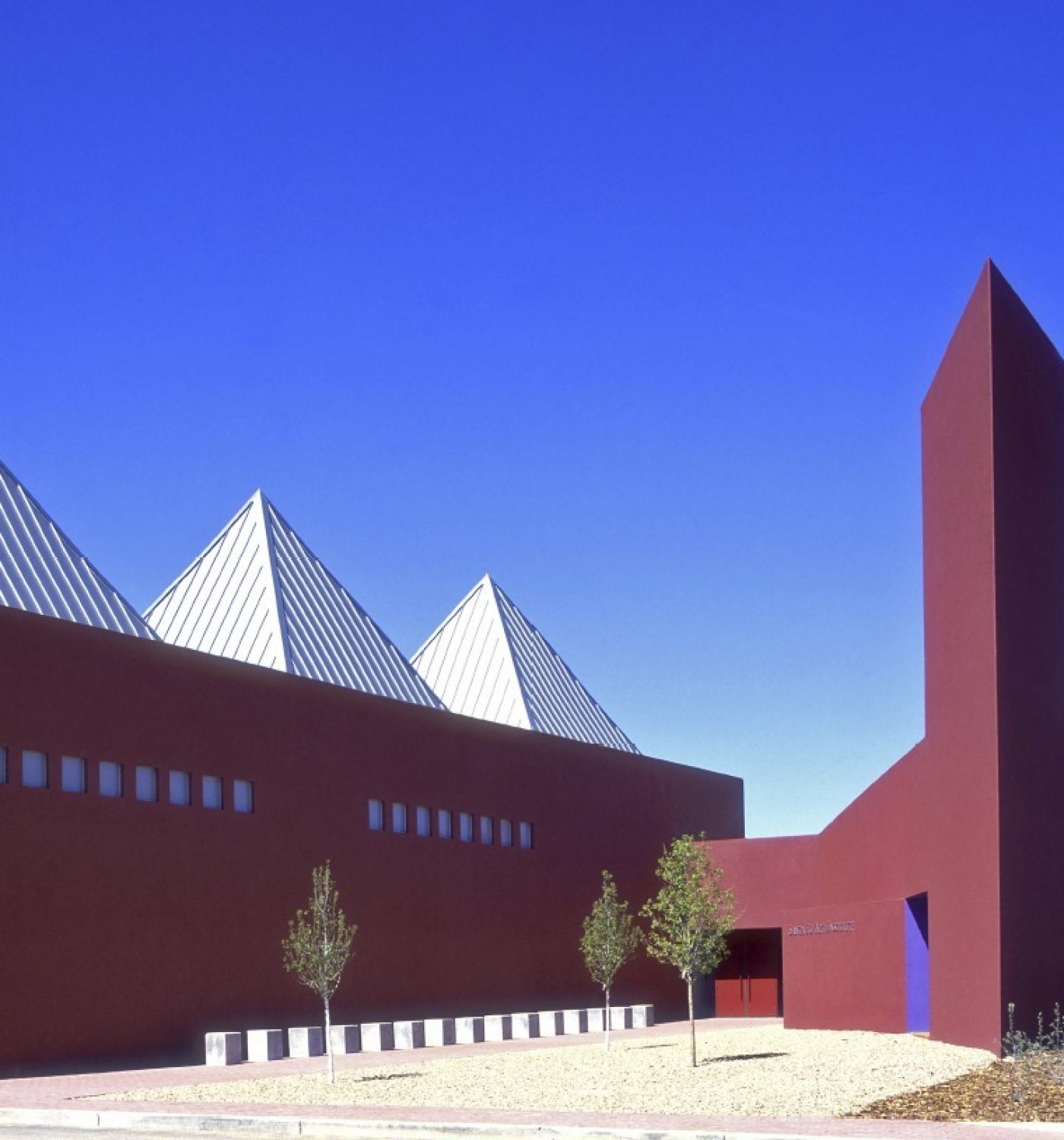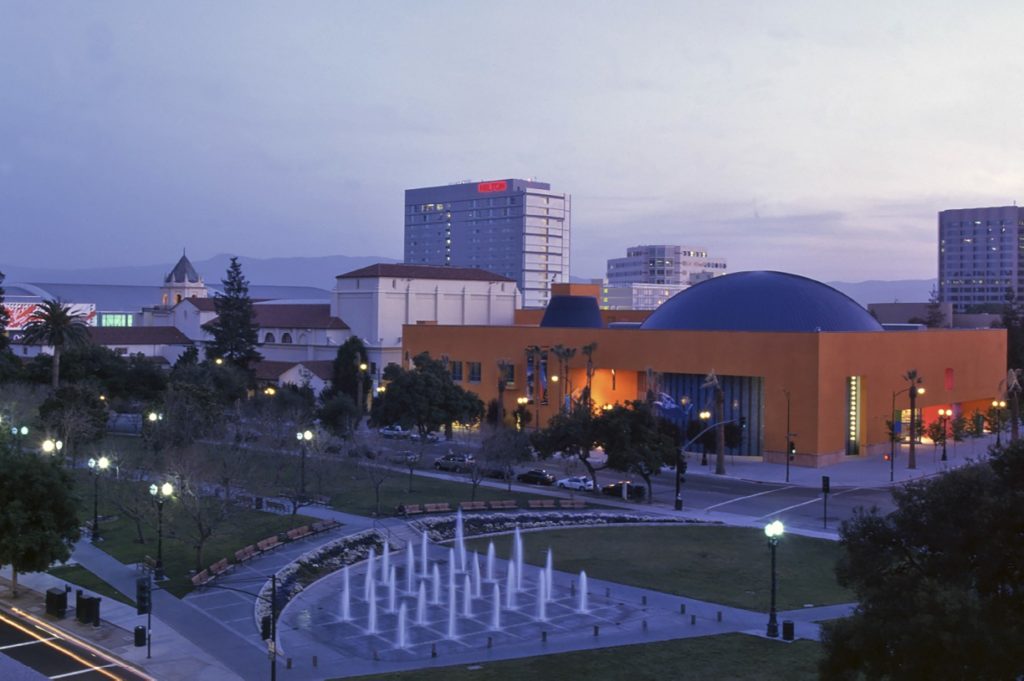Oeuvres
Works
Biographie


Ricardo Legorreta Vilchis, né le 7 mai 1931 à Mexico, au Mexique, est le lauréat de la médaille d’or de l’UIA en 1999. Il a étudié l’architecture à l’Universidad Nacional Autónoma de México et a obtenu son diplôme en 1953.
Il travaille en association avec José Villagran Garcia, durant cinq années, puis fonde sa propre agence à Mexico en 1963. Parmi ses principales oeuvres, citons : l’hôtel Camino Real à Mexico, l’usine Renault à Torreon, le Club Méditerranée à Huatulco, les bureaux de Televisa Corporate à Mexico. Il a réalisé des maisons individuelles au Mexique, aux Etats-Unis et au Japon ; les schémas directeurs de Westlake Park à Dallas, au Texas, de Valle de Bravo et de Huatulco au Mexique. Il est l’auteur du Musée d’art moderne de Monterrey, du Musée des enfants de Papalote à Mexico et du Musée de la découverte pour enfants, à San José, en Californie.
Aux Etats-Unis, Legorreta a conçu la Bibliothèque centrale de San Antonio, au Texas, la Bibliothèque de Chula Vista en Californie, le Collège de Santa Fé, le Centre des Arts visuels, au Nouveau Mexique et les laboratoires Chiron Life and Science, en Californie. Il a réalisé au Nicaragua la cathédrale métropolitaine de Managua.
Legorreta e été le Conseiller permanent du Secrétariat à la Culture et aux Arts du Mexique,
et a reçu le Prix national des Beaux-Arts du gouvernement mexicain. Son oeuvre a été largement publiée dans des livres et des revues.


En 1996, Ricardo Legorreta s’exprimait en ces termes : “Entouré par ce monde magique (le Mexique), j’ai consacré ma vie au plus beau des métiers, conscient d’emprunter une route qui n’était pas seulement longue mais infinie, et que, dès lors qu’un idéal est estimable, lorsque nous disparaissons, quelqu’un reprend le flambeau et poursuit à son tour. Nous vivons une époque de vitesse : pour pouvoir la gérer, nous devons travailler ensemble, considérer la technologie comme un moyen et non comme une fin, préserver les valeurs fondamentales de l’humanisme, éviter toute superficialité, résoudre les besoins des êtres humains sans être au service de la puissance et du matérialisme”.
Il a reçu la médaille d’or de l’American Institute of Architects (AIA) en 2000, la médaille d’or de la Fédération panaméricaine des associations d’architectes en 2005 et le Praemium Imperiale japonais en 2011. Il est décédé le 30 décembre 2011.
Citation du jury
Parmi les prestigieux architectes dont la candidature lui était soumise, le jury s’est montré impressionné par la clarté de l’architecture de M. Legorreta, tout au long d’une période plus de 40 années. Les murs et les surfaces planes renforcés par l’intensité des couleurs, par la lumière et la texture, sont les caractéristiques «tectoniques» que Legorreta maîtrise et qui définissent son concept d’espace. Il a su donner une large signification aux principes qu’il a mis en évidence et dont il a rehaussé l’importance. L’intégration des valeurs régionales donnent une impulsion fondamentale à sa conception.
Régionale dans son contexte, fruit d’une collaboration dans l’effort, simple et tactile dans l’exécution, l’architecture de Ricardo Legorreta a élèvé « ce monde magique » au niveau d’une oeuvre de classe mondiale, pour le plus grand bonheur de tous ceux qui le visualisent et en perçoivent l’impact. En décernant la Médaille d’or de l’UIA à Ricardo Legorreta, le jury se félicite d’honorer son oeuvre et les idéaux qu’elle sous-tend.
